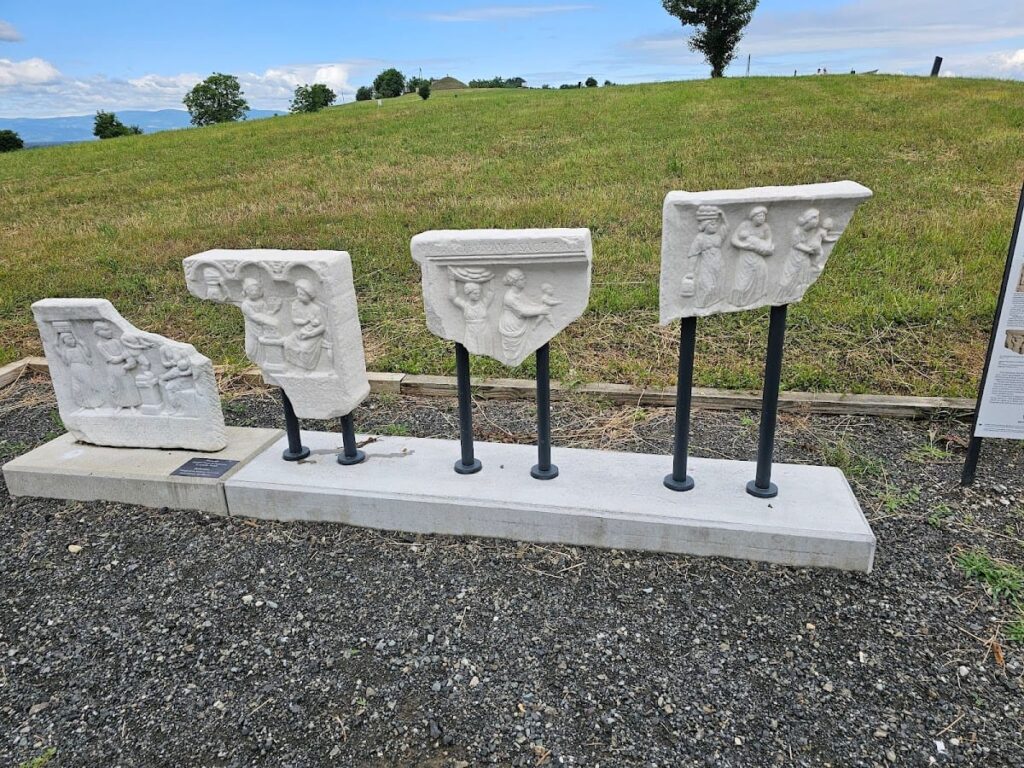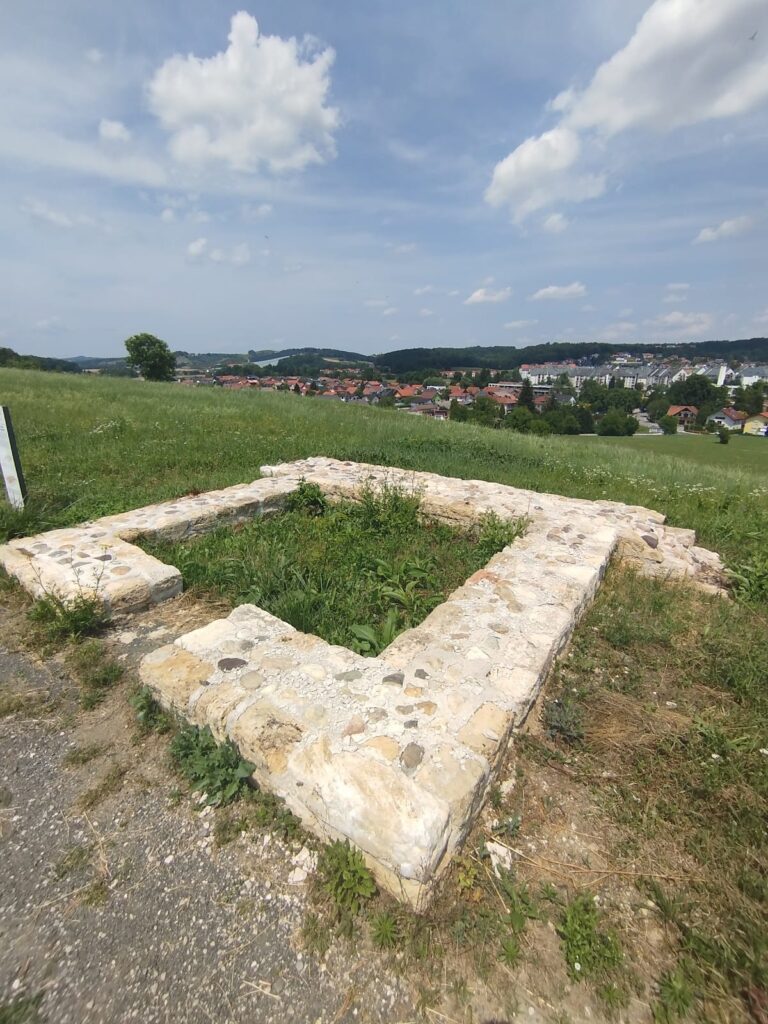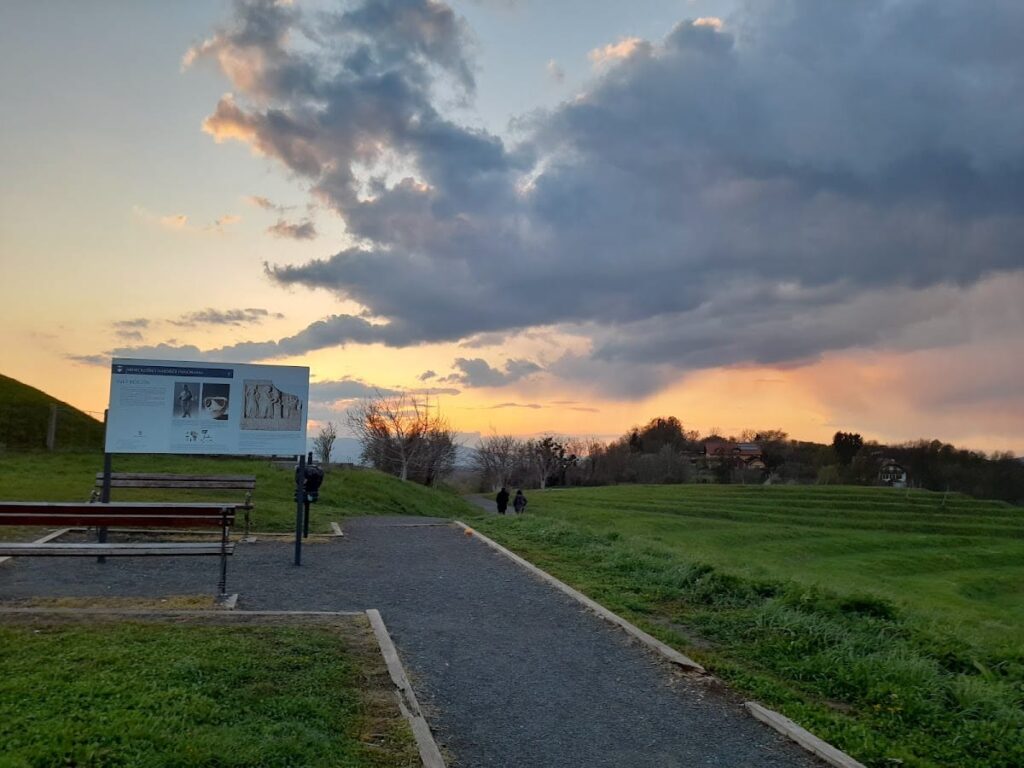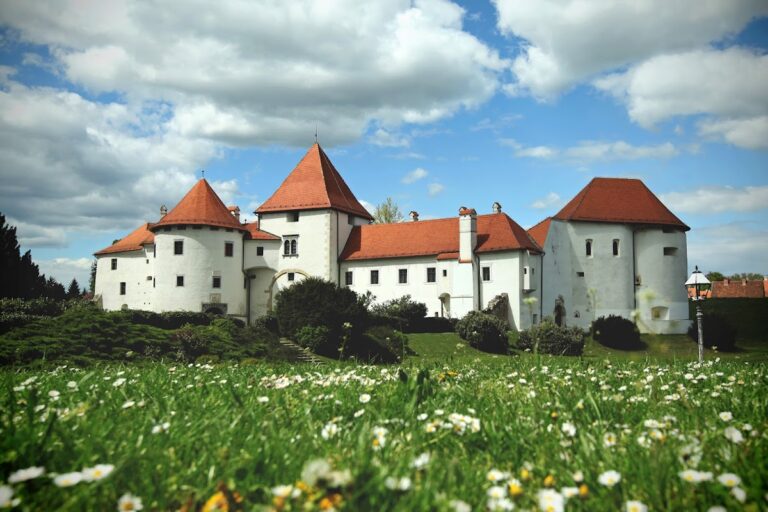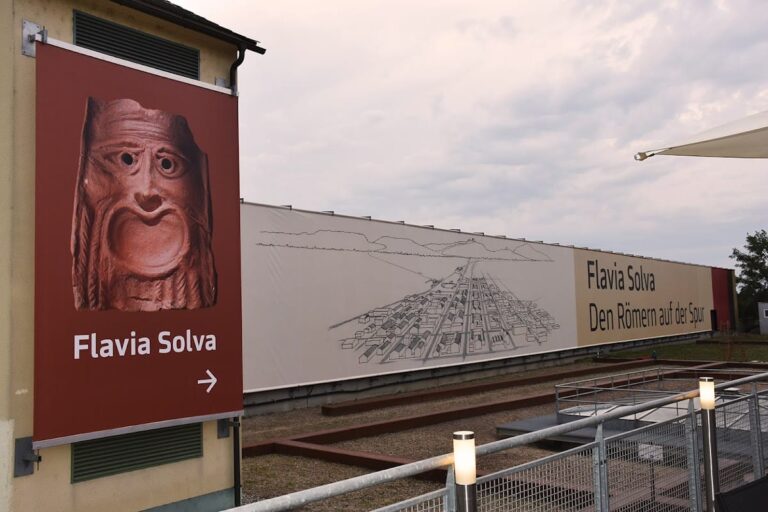Poetovio: A Roman Settlement and Cultural Center in Present-Day Slovenia
Visitor Information
Google Rating: 4.5
Popularity: Low
Google Maps: View on Google Maps
Country: Slovenia
Civilization: Roman
Remains: City
History
Poetovio, located in what is now Ptuj, Slovenia, was established as a Roman settlement in the province of Pannonia. It became the largest urban center in the area that is today Slovenia.
In the year 69 AD, Poetovio gained historical prominence when Illyrian legions stationed there supported Vespasian’s bid for the imperial throne. This military backing, led by Marcus Antonius Primus, was crucial in securing Vespasian’s rule during the turbulent Year of the Four Emperors.
During the 2nd and 3rd centuries AD, Poetovio emerged as a religious center, especially for the cult of Mithras. At least five Mithraea, or temples dedicated to the god Mithras, have been identified at the site. The earliest shrine dates back to the mid-2nd century and was established by workers from the Illyrian customs office, indicating the city’s administrative importance in trade and taxation.
By the mid-3rd century, Poetovio’s military presence remained strong, with soldiers from legions such as the XIII Gemina and V Macedonica dedicating altars in the largest Mithraeum discovered there. This period saw the peak of Mithraic worship in the city.
Throughout its history, Poetovio also developed a trade quarter. This area supported various crafts including pottery, brickmaking, and glassmaking, benefiting from local natural resources like clay. The city’s economic activities were closely linked to its role as a customs and trade center within the Roman Empire.
Remains
The archaeological site of Poetovio reveals a complex urban layout featuring religious, military, and commercial structures. The remains include several Mithraea, workshops, kilns, and monuments, illustrating the city’s diverse functions.
Mithraeum I, the oldest shrine, dates to the early 2nd century, possibly built between 80 and 100 AD. It was associated with the Illyrian customs office and is preserved in its original location in the western part of Poetovio. This small shrine contains uniquely decorated altars, including one showing Mithras born from a rock and another with a rare tauroctony scene, depicting Mithras slaying a bull. Two identical inscriptions on statue bases likely honor the shrine’s founder.
Mithraeum III, discovered in 1913, is one of the largest known Mithraea in the Roman Empire. Constructed in at least two phases within a villa complex, it features numerous altars dedicated mainly by soldiers from the XIII Gemina and V Macedonica legions. The shrine includes relief panels portraying Nutrices, or noble nurses, a bust of the Great Mother goddess, and other Mithraic symbols. Protective structures have been built over this site to preserve it.
The trade quarter in the eastern part of Poetovio contained workshops for stonemasons, blacksmiths, glassmakers, potters, and brickmakers. Buildings here were richly decorated with frescoes, stuccoes, and mosaics, and some had hypocaust heating systems, an ancient form of underfloor heating. A 3rd-century kiln used for firing cobblestones, bricks, vessels, and oil lamps remains preserved in its original place. This kiln was constructed from broken bricks and fragments.
Additional archaeological finds include Roman monuments, inscriptions, reliefs, and altars dedicated to deities such as Liber and Libera, Sol, and Mithras. Some stone reliefs, including a funerary lion sculpture, have been incorporated into later structures or displayed in open-air lapidaria within the archaeological park.

